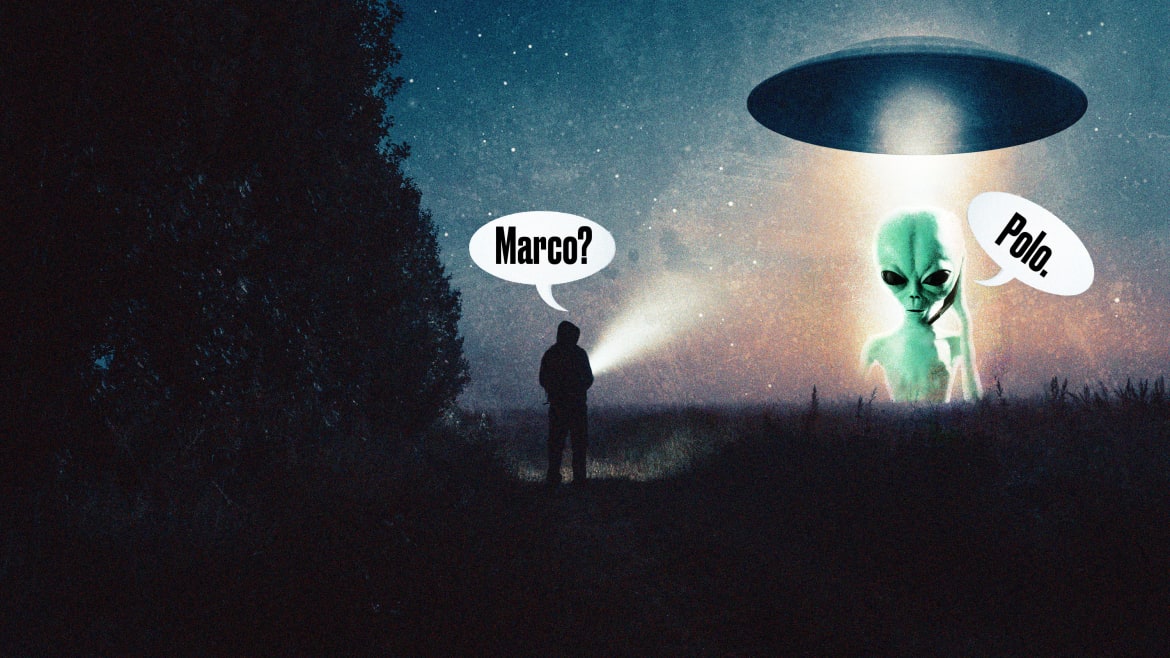Photo Illustration by Kelly Caminero / The Daily Beast / Getty
For more than 60 years, scientists have been listening for signals from aliens. But space is vast. No one knows for sure where to point the antennas in order to have the best chance of capturing an extraterrestrial broadcast—a “technosignature.”
A team led by James Davenport, a University of Washington astronomer who focuses on the search for extraterrestrial intelligence (SETI), has an idea. Riffing on a new concept called a “SETI ellipsoid,” Davenport and his team have pointed two radio telescopes—the Allen Telescope Array in California and the Green Bank Telescope in West Virginia—at a recently detected supernova originating in the M101 galaxy, 21 million light-years away from Earth.
That supernova, named SN 2023ixf, is the result of the collapse and subsequent explosion of a supermassive star. It’s the first of its type that scientists have detected in a decade.

